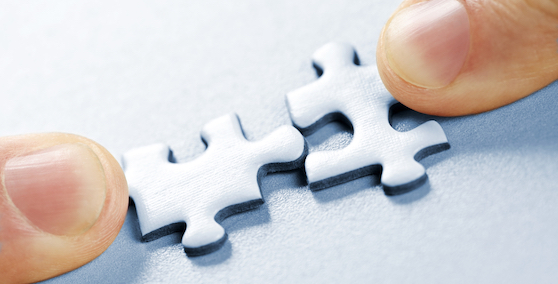Are you considering purchasing accessories for your Desktop, Laptop or Tablet? Perhaps an external monitor for your Surface Pro, a Printer for your Home office or an Encrypted Hard Drive for your Mac…
While most of the time this will be a pretty straight forward purchase, with not a lot of planning required, we do recommend you take some time to check compatibility of the accessory you’re buying with the device(s) you intend to use it with.
One of the most common compatibility issues we encounter relates to external monitors connected to Laptops and Tablets, particularly those using Thunderbolt / USB-C connections (i.e. MacBook / Surface). What should be a simple “connect the Device to the Monitor with this USB-C to HDMI cable” turns into a major source of frustration and lost time for our clients trying to get the monitor to work.
More often than not, the client is not doing anything wrong, the issue simply lies with the capabilities of the cable, or the compatibility of the Monitor. Cables (and indeed other types of similar video adapters) will have specific resolution and refresh rate limitations based on design and cable length. Typical cables on the market currently have either 30Hz or 60Hz refresh rates with Maximum resolution varying from FHD (1920 x 1080) to 4K (3840 x 2160). As such, that 144Hz 4K gaming monitor you’ve got your eye on, is unlikely to be able to perform to it’s potential if you’re using a cable that’s only capable of 30Hz refresh rate.
A relatively new standard, adopted in 2016 and known as HDMI Alt-Mode, was developed to enable direct USB-C to HDMI connectivity however not all monitors, fitted with HDMI inputs, support Alt-Mode.
So, if you are planning on purchasing an external monitor for your device, where some form of adapter will be required, we strongly advise that you take the device with you to the store and conduct a test with the cable and monitor they propose to sell you, to ensure they work together. Once video is displayed on the external monitor, try to leave it on for at least 5 mins to make sure it’s stable and check for excessive heat at the HDMI connector (monitor end). This simple step could save you a lot of time and aggravation once you return home with your new purchase(s).
You only have to do a quick web browser search with the phrase “USB-C to HDMI problems” to get a feel for how common these problems are.
For those who may be interested in more information on the HDMI standard and USB-Type C, check out the following link. HDMI Forum – HDMI Alt Mode & USB Type C

